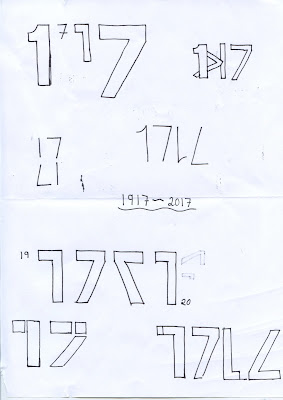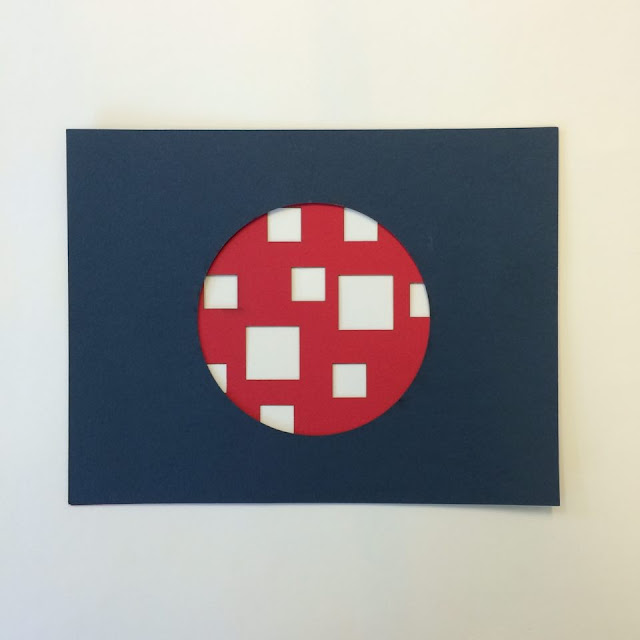His presentation style was clear, concise and engaging due to the limited typography and visual content. Cultural and political images were used to highlight and illustrate certain principles and lessons he identified. Showing his personality through cult figures and humour engages the audience in a friendly manner.
Key points:
- Building relationships with other creatives and design studios will help to increase the chance of employment and also use each others skills and techniques to benefit each others practice. Using the colleges array of creative talent and fascilities will open up new opportunities in the future.
- Nothing handed to you on a plate - Work hard for it
- Be passionate
- Sell yourself
- Be flexible - Harrison works for two design studios
- Show personality
- Don't be a dick
- Ask questions
- Rejection happens
- Don't be afraid to ask
- Stay true to yourself
- Communication
- Studio BDB
- Lots of shit briefs to pay the bills
- Copywriter - Someone to articulate and sell concepts - This gives me confidence as my articulation of projects and concepts is weak.
- Charge a reasonable rate - Particularly at the start of profession don't charge a lot for work as it will open more opportunity for creativity so the client has less control.
Dont say 'I found your website'
Do something different - Animated Gifs
Post letters
Mention their recent projects
Say thanks if they reply even for a rejection
Found Harrison's advice useful because I have struggled to engage professionals in my emails. Mentioning projects that I have identified interest in and specifically asking about them will engage the designer and using different techniques such as animated Gifs or posting letters to creative professionals will charm the client and ultimately they'll be more likely to reply.
Reflection of Harrison's point of view of the creative industry and my experience at Extra Strong. Harrison identified that a lot of the briefs are small and uninspiring but these need to be completed in order to pay the bills. I was exposed to this at Extra Strong because clients such as Classic Carpets required a price match sign, whilst an event company wanted complete branding and editorial content. These small uninteresting briefs can be creatively draining, however Harrison believes that a passion for design is important to overcome demotivational briefs.
Harrison's honest view of the creative industry was slightly negative because he didn't enjoy a lot of previous work experience. However it is to be expected for a graduate of two years. I feel lucky to have found Extra Strong because the studio was friendly and open, allowing free communication between the designers and project manager. Harrison has worked for a range of studios, all of which has positive and negative attributes, I aim to research and experience a range of studio environments in order to define what environment and working style I prefer.




































































